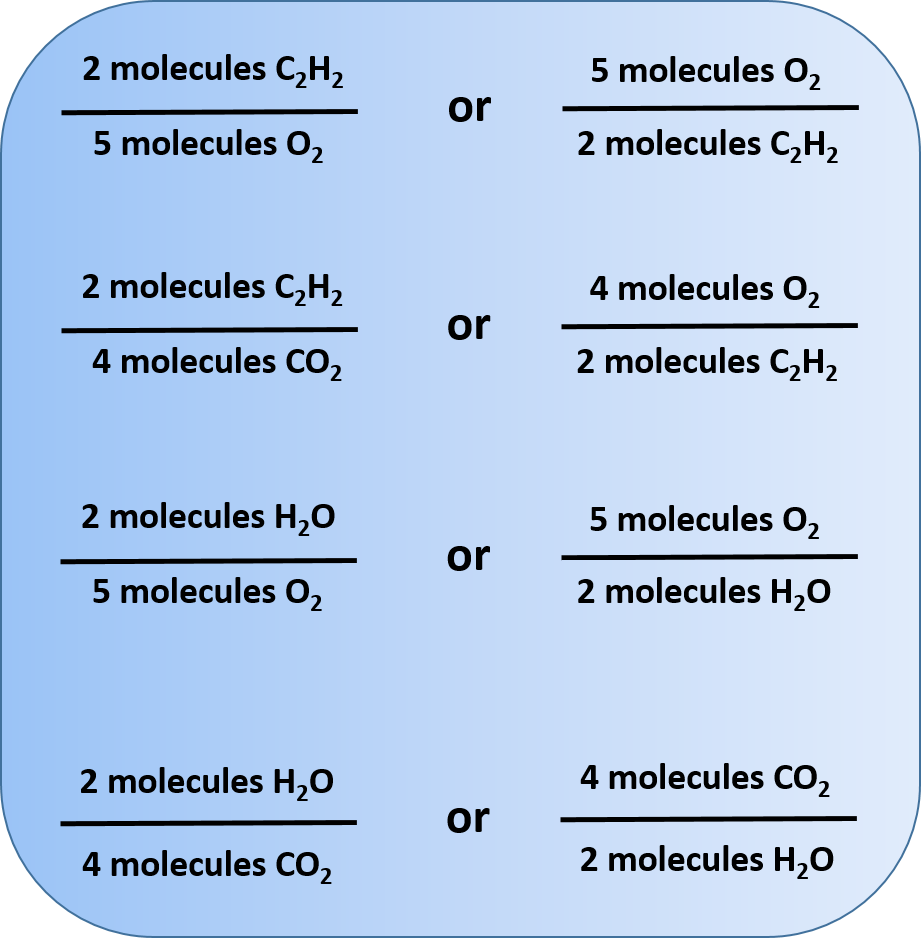

Another flower pot is embedded in the sand in the bucket to catch the molten iron and slag. The setup consists of a small clay flowerpot in secondary containment (either the custom steel unit that we use or another flower pot) suspended by a ring over a steel bucket with several kg of dry sand in it. Videos of this demonstration performed by chemists at universities are available on-line:ĭue to the extreme heat generated in this demonstration, particular care must be taken to follow all instructions carefully, particularly safety instructions. While they are liquid, they will usually separate out with the denser iron sinking to the bottom of the"puddle." After the liquid has solidified and cooled enough to handle, the aluminum oxide "slag" can usually be broken off of the iron, sometimes by simply dropping it on the floor a few times. The enthalpy change of this reaction is about -850 kJ/mol! The heat generated melts the iron and the aluminum oxide which pour out of the hole in the bottom of the pot. Thus coulombic forces stabilize the aluminum oxide relative to the ferric oxide. The oxide ions can approach the aluminum ion more closely than than they can approach the ferric ion. The large decrease in the energy of the system is a consequence of the high charge concentration on the aluminum ion due to its small size. The equation for this reaction is: 2 Al( s ) + Fe 2 O 3 ( s ) -> 2Fe ( s ) + Al 2 O 3 ( s ). Allow about 10 minutes to perform this demo. Use only the minimum amount of reactants appropriate to illustrate the reaction. The chemical reaction in this demonstration is very exothermic and extreme safety measures must be followed to minimize the risk to members of the audience.

This demonstration may only be performed by a trained chemistry lecture demonstrator. This reaction illustrate the metallurgy of iron. ∆H of this reaction can be estimated by measuring the mass of the thermite mixture, and knowing the initial and final temperature and the specific heat, calculating q reaction, then calculating ∆H reaction.Ħ. Heats of formation values, ∆H° f, can be used to calculate ∆H of this reaction using Hess' Law.ĥ.

The chemical reaction releases heat and the "surroundings" gain heat.Ĥ. In order to initiate this reaction, an activation energy (heat) must be supplied.ģ. The chemical reaction in this demonstration is an example of an exothermic reaction, ∆H rxn is negative.Ģ. The melting point of iron is 1530☌ (or 2790☏).ġ. H o rxn = (1 mol)( H f o Al2O3) + (2 mol)( H f o Fe) - (1 mol)( H f o Fe2O3) - (2 mol)( H f o Al) The H for this reaction is the sum of the H f o's of the products - the sum of the H f o's of the reactants (multiplying each by their stoichiometric coefficient in the balanced reaction equation), i.e.: To determine how much thermal energy is released in this reaction, heats of formation values and Hess' Law can be used.īy definition, the H f o of an element in its standard state is zero.Ģ Al( s ) + Fe 2 O 3 ( s ) -> 2Fe ( s ) + Al 2 O 3 ( s ) The thermite mixture must be raised to a high temperature before it will react. This reaction also illustrates the role of activation energy in a chemical reaction. This chemical reaction can be used to demonstrate an exothermic reaction, a single replacement or oxidation-reduction reaction, and the connection between ∆ H calculated for this reaction using heats of formation and Hess' Law and calculating ∆ H for this reaction using q rxn = mc ∆T and the moles of limiting reactant.


 0 kommentar(er)
0 kommentar(er)
